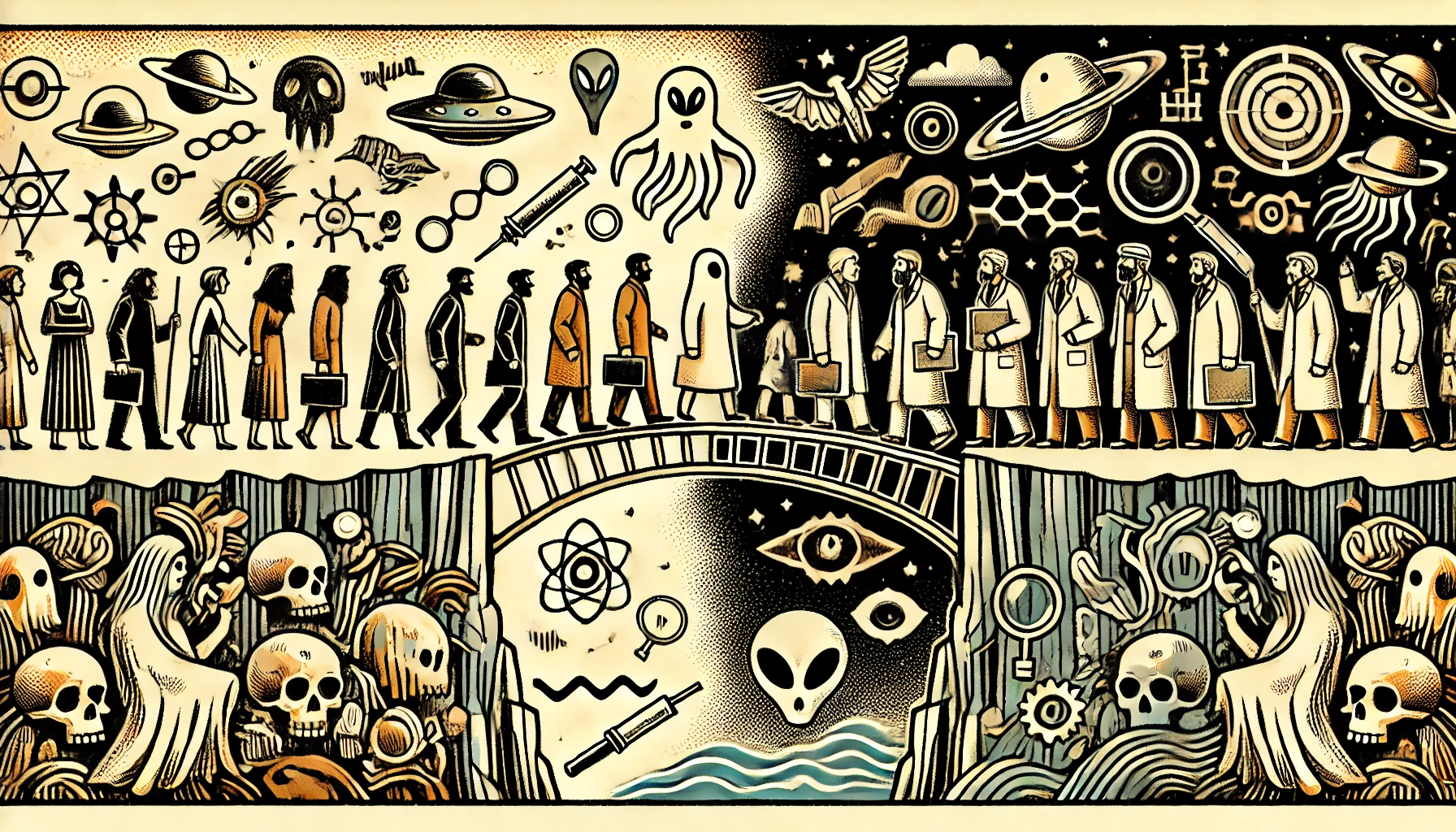The debate over the existence of the paranormal—phenomena beyond the scope of traditional science—has raged for centuries. Skeptics dismiss it as pseudoscience or the product of overactive imaginations, while believers often cite personal experiences or ancient traditions as proof. As someone who has spent decades investigating the topic with an emphasis on evidence and critical inquiry, I’ve compiled some of the most compelling cases that merit deeper scientific consideration.
1. The Mystery of Electronic Voice Phenomena (EVP)
Electronic Voice Phenomena (EVP) is the capture of unexplained voices or sounds on recording devices. In the mid-20th century, Latvian psychologist Konstantīns Raudive popularized the study of EVPs after documenting hundreds of voices that seemed to respond intelligently to his questions.
Skeptics argue that these recordings are nothing more than auditory pareidolia—our brain assigning meaning to random noise. However, experiments conducted under controlled conditions have yielded instances of EVPs where voices predicted events or conveyed specific knowledge unknown to participants at the time. A particularly compelling example comes from the 2002 Skoll Experiment, where researchers recorded a voice that stated the exact date of a natural disaster, later corroborated by seismic activity records.
While the mechanisms behind EVP remain speculative, its consistency in controlled studies suggests it cannot be easily dismissed as mere coincidence.
2. The Enigma of the Bell Witch
Historic accounts of hauntings often suffer from embellishment over time, but the Bell Witch case of early 19th-century Tennessee stands out. Witnessed by dozens, including General Andrew Jackson, this poltergeist case was characterized by physical manifestations: objects moving on their own, mysterious voices, and violent attacks on family members.
Unlike other historical hauntings, the Bell Witch was extensively documented during its occurrence, with credible witnesses providing detailed accounts. Notably, Jackson reportedly declared, “I would rather face the entire British Army than spend another night with the Bell Witch.”
The persistence of this case in folklore and its contemporary parallels raise questions about shared human experiences with phenomena that defy conventional explanation.
3. The Double-Slit Experiment and Quantum Implications
Though not directly paranormal, the famous double-slit experiment in quantum mechanics has implications for the field. The observation that particles behave differently when observed—collapsing from a wave function to a particle—raises profound questions about consciousness and its interaction with reality.
Some researchers argue that paranormal phenomena could stem from similar quantum-level interactions. For example, poltergeist activity and telekinesis might involve an unknown mechanism where human consciousness influences physical objects at a subatomic level. While this remains a hypothesis, it offers a bridge between hard science and anecdotal evidence of the paranormal.
4. The “Starchild Skull”
In 1930, a child’s skull was discovered in Mexico, initially thought to be a deformity. However, extensive testing revealed unusual features, including a cranial capacity 30% larger than a typical human child and fibers interwoven into the bone—an anomaly not found in any known species.
While the Starchild Skull has sparked speculation about extraterrestrial origins, its true significance lies in the rigor with which it challenges our understanding of biology. Could it be evidence of another branch of evolution—or even genetic experimentation in antiquity?
5. Conclusion: A Call for Open Inquiry
The best evidence for the paranormal often lies at the intersection of science, history, and human experience. From the rigorous documentation of EVP and hauntings to the quantum experiments challenging our perception of reality, the field demands more than dismissal or blind belief.
The paranormal, in its essence, is a frontier of discovery—a call to expand our understanding of what is possible. To ignore it is to risk losing opportunities for profound breakthroughs in science and philosophy.
As society increasingly embraces interdisciplinary research, perhaps the question is not whether the paranormal exists, but rather, what it can teach us about the universe and ourselves.
